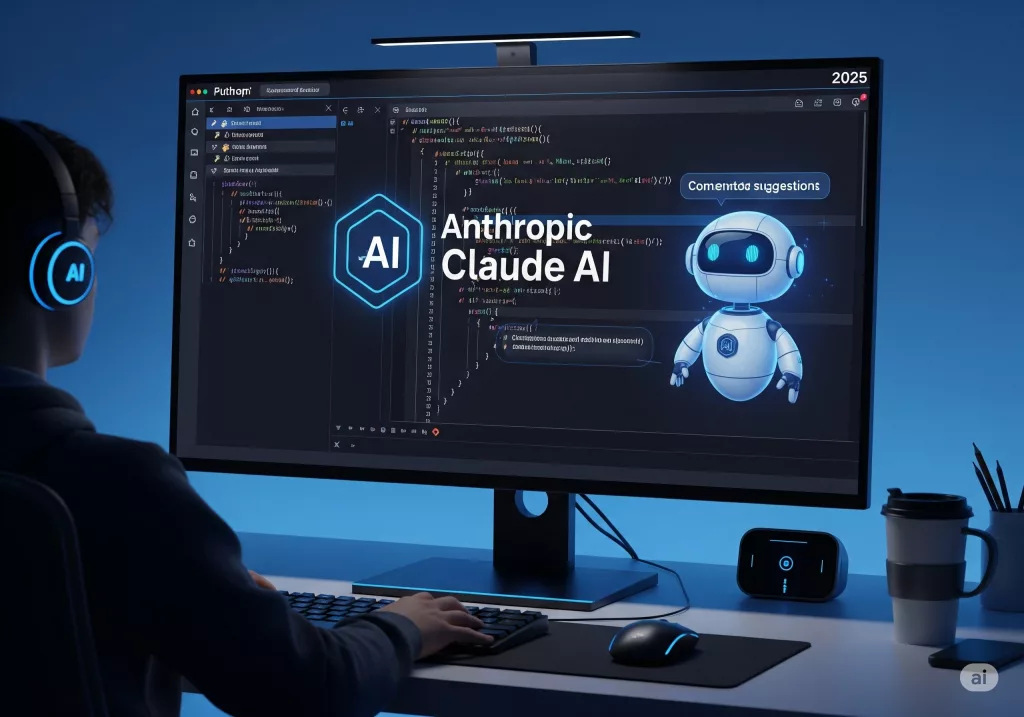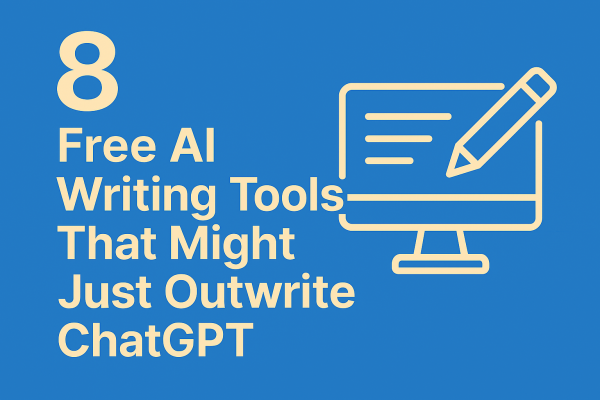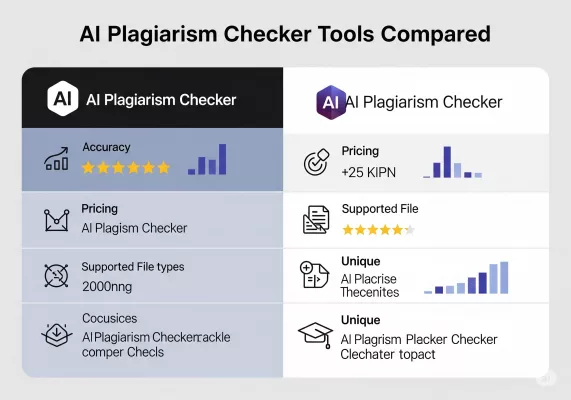There are a lot of AI tools out there claiming to help you write better code ship faster and automate your workflow Some are decent Some are hype But if you’re serious about building software in 2025, Claude AI is the BEST for coding is the one that actually delivers.
I’ve tested the usual suspects GPT-4, Gemini, Copilot, Cursor, even the newer open-source models like Kimi K2. They all have strengths But Claude stands out for one reason: it doesn’t just generate code. It understands it.
Here’s why Claude AI is the best AI for coding right now and how it’s changing the way developers work.
Claude Doesn’t Just Code It Thinks
Most AI coding tools are good at pattern matching. You give them a prompt, they spit out something that looks like code. Sometimes it works and other times it freaks out and spits out something weird
Claude is different., It’s built by Anthropic with a focus on constitutional AI, meaning it’s designed to reason, reflect, and follow instructions with precision. When you ask Claude to refactor a function, it doesn’t just rewrite it it explains why. It considers edge cases It asks clarifying questions if your prompt is vague.
That kind of depth is rare and it’s what makes Claude feel less like a code generator and more like a senior engineer who actually cares about quality.
Deep Codebase Awareness
Claude doesn’t just work in isolation. It can scan your entire repo, understand relationships between files, and make changes that respect your architecture.
Using Claude Code, the command-line companion, you can:
- Ask it to explain how your payment system works
- Refactor logic across multiple files
- Run tests and fix failing cases
- Create commits and pull requests with descriptive messages
- Resolve merge conflicts without touching unrelated code
It’s like having a pair programmer who knows your project inside and out and doesn’t need coffee breaks.
Agentic Workflows That Actually Work
Claude introduced something called agentic coding, which basically means it can plan, execute, and reflect on tasks like a human would.
Here’s how it works:
- Explore – Claude scans your codebase, identifies key components, and builds context
- Plan – It outlines a strategy, suggests file changes, and breaks tasks into chunks
- Execute – It edits files, runs commands, and confirms each step with you
You can even use commands like /resume and /rewind to manage context and undo steps. It’s structured, efficient, and surprisingly intuitive.
Real-World Use Cases
Claude isn’t just theory it’s being used by dev teams, startups, and solo builders every day.
Refactoring Legacy Code
Claude can scan outdated codebases, identify patterns, and refactor them with modern best practices. It doesn’t just rename variables it restructures logic and explains why.
Writing and Fixing Tests
You can ask Claude to write unit tests for a module, run them, and fix any failures. It understands testing frameworks and can even suggest edge cases you might’ve missed.
Feature Implementation
Need to add a new login flow? Claude can scaffold the frontend, hook up the backend, and make sure it integrates with your existing auth system. All through natural language prompts.
Explaining Complex Logic
Claude is great at breaking down confusing code. You can ask, “How does this middleware work?” and it’ll walk you through it like a mentor—not just dump a definition.
Tools That Make It Even Better
Claude isn’t just one model it’s a whole ecosystem. Here are the tools that make it shine:
| Tool | What It Does |
|---|---|
| Claude Code CLI | Terminal-based assistant for editing, testing, and Git workflows |
| Claude Workbench | Browser-based prompt builder for refining instructions |
| Claude API | Integrate Claude into your own apps and workflows |
| Claude UI | Visual interface for managing projects and sessions |
| Claude MCP | Connects Claude to GitHub, Slack, Jira, and other tools |
You can use Claude in VS Code, JetBrains, or even through custom GUIs like Claudia. It’s flexible and developer-friendly.
Why Claude Beats the Competition
Claude outperforms other coding AIs in key areas:
| Feature | Claude AI | GPT-4 | Gemini | Kimi K2 |
|---|---|---|---|---|
| Deep codebase understanding | ✅ | ⚠️ | ⚠️ | ✅ |
| Agentic workflows | ✅ | ❌ | ❌ | ❌ |
| Git integration | ✅ | ❌ | ❌ | ❌ |
| Context management | ✅ | ⚠️ | ⚠️ | ❌ |
| Instruction following | ✅ | ⚠️ | ✅ | ⚠️ |
| Code quality | ✅ | ⚠️ | ⚠️ | ✅ |
| Pricing | Fair | Expensive | Free | Cheap |
Claude isn’t the cheapest. But it’s the most capable. And if you care about clean code, fewer bugs it’s worth it.
What to Watch Out For
Claude isn’t perfect. Here are a few things to keep in mind:
- Context window limits – Don’t overload it with too much at once
- Explicit prompts – Be clear about what you want edited
- Human review – Always check code diffs before committing
- Token usage – Manage cost with
/compactand/clearcommands
It’s powerful, but you still need to drive.
Final Thoughts: Claude Is the Coding Partner You Didn’t Know You Needed
Claude AI isn’t just another tool it’s a shift in how we build software. It’s fast, thoughtful, and surprisingly collaborative. Whether you’re debugging a nasty issue or launching a new feature, Claude helps you move with confidence.
If you’re tired of AI tools that feel like autocomplete on steroids, give Claude a shot. It doesn’t just write code it understands it. And in 2025, that’s the difference between shipping something good and shipping something great.





Leave a Reply